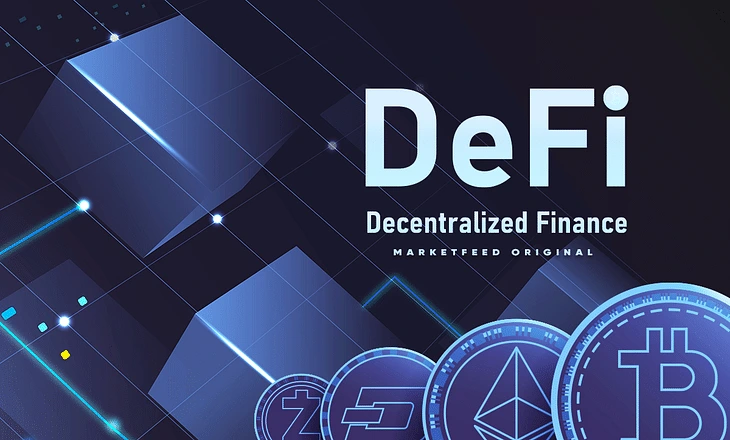5 Big Myths About the RWA Web3 Opportunity — Debunked
The RWA Web3 Opportunity: 5 Myths That Deserve a Reality Check
Real-world assets (RWAs) are having a serious glow-up in Web3 circles. Everywhere you look—newsletters, Discord threads, token project pitches—someone’s calling RWA the next big thing. Some say it’s the long-awaited bridge between crypto and traditional finance. But is it? Let’s break down five of the biggest myths floating around about the RWA Web3 opportunity—and what’s really going on behind the buzz.
Myth #1: “RWA Web3 Opportunity : RWA Will Finally Bring Real Value to Crypto”
Sounds great in theory. But let’s look closer.
Yes, RWAs are tied to physical, tangible assets like real estate, U.S. Treasuries, invoices—even art. And yes, bringing these assets on-chain could reduce friction, increase transparency, and improve liquidity.
But let’s not pretend value magically appears just because it’s tokenized. The infrastructure to make RWAs truly functional on-chain is still clunky. Custody, audits, legal wrappers—it’s not exactly plug-and-play. A token representing a house doesn’t build a DeFi ecosystem on its own.


Myth #2: “RWA Is Just a Fancy Name for Securitization”
Sort of… but there’s more nuance here.
This one’s half-true. RWA tokenization is a form of securitization, just in Web3 clothing. But unlike legacy finance, where deals are buried in opaque paperwork, the blockchain introduces transparency—if done right.
Projects like Centrifuge and Goldfinch are aiming to make asset-backed lending auditable, composable, and accessible—without sacrificing regulatory compliance. But again, the key word here is aiming.
Myth #3: “RWAs Are Already Working Seamlessly in DeFi”
Slow your roll. They’re working… kind of.
Some early examples show promise:
- MakerDAO allocated part of its reserves into tokenized U.S. Treasuries.
- Centrifuge allows small businesses to finance invoices via tokenization.
- Ondo Finance offers access to institutional-grade yield products through RWA structures.
These are meaningful steps—but they’re not frictionless, and certainly not mass-market-ready. Each of these examples involves centralized custody, compliance headaches, and often, off-chain coordination. That’s not a deal-breaker, but it’s not the utopia some are imagining either.


Myth #4: “RWA Is Decentralized”
This one needs a full stop.
RWAs are inherently not native to blockchain. They live in the real world—and real-world assets need real-world enforcement. That means centralized actors: custodians, legal teams, intermediaries.
Sure, you can wrap them in smart contracts. But if your token represents an apartment in Berlin, someone has to make sure that apartment is actually owned, maintained, and transferable. And if that person disappears, guess what? Your on-chain token is basically worthless.
In this sense, RWA is about as decentralized as a mortgage company’s app interface. It feels new, but behind the scenes, it’s still pretty old-school.


Myth #5: “The RWA Web3 Opportunity Is Guaranteed to Take Off”
Careful now. That’s not how tech cycles work.
Could RWAs become a pillar of on-chain finance? Absolutely. They offer a way to tie crypto to global markets, generate stable returns, and appeal to institutions.
But could they also get buried in regulatory red tape, suffer from poor UX, or fall victim to the next crypto winter? Also yes.
Crypto history is full of “revolutionary” concepts that fizzled due to complexity, timing, or simply lack of sustained interest. RWA could be different—but betting on it as a sure thing is, frankly, premature.
Final Take: RWA Is Promising—But It’s No Silver Bullet
The RWA Web3 opportunity has potential. It’s one of the few trends in the space trying to tether innovation to real-world utility—and that does matter. But we’ve got a long road ahead before it’s mainstream.
So keep it on your radar. Get involved if you’re curious. But don’t buy the hype wholesale. Like everything in crypto, the signal-to-noise ratio is… let’s just say “fluid.”
Bottom line? RWAs are worth watching—but only if you’re also watching what’s going on off-chain, where the real decisions (and risks) live.
Relevant Link : RWA in Web3: Game-Changer or Just Another Crypto Mirage?




